Cay Lang defines human qualities and remakes boundaries through her artwork
“Eternal Flame” an Ektacolor Plus print by Cay Lang is a staple in the “Remaking Boundaries” exhibition. It depicts a contrast between a bright orange flower and green vase. (Sarah Delgado/The Collegian)
Jun 21, 2023
Upon entering the “Remaking Boundaries” exhibition at the Fresno Art Museum, viewers are met with a photograph by Cay Lang titled “Screw.” A stray screw is submerged in water while a flower in a decaying state can be seen poking out from the side, as the leaves begin to curl up and lose color.
Another photo found within the exhibition by Lang is “Eternal Flame.” A bright orange flower arises from a contrasting green vase with a gradient background behind it. The orange flower, as vibrant as it is, still holds a hint of decay in comparison to the bright vase that holds it.
Lang’s art expands upon what is viewed at the surface. It requires viewers to ponder about what the photographs represent other than simply seeing what it is.
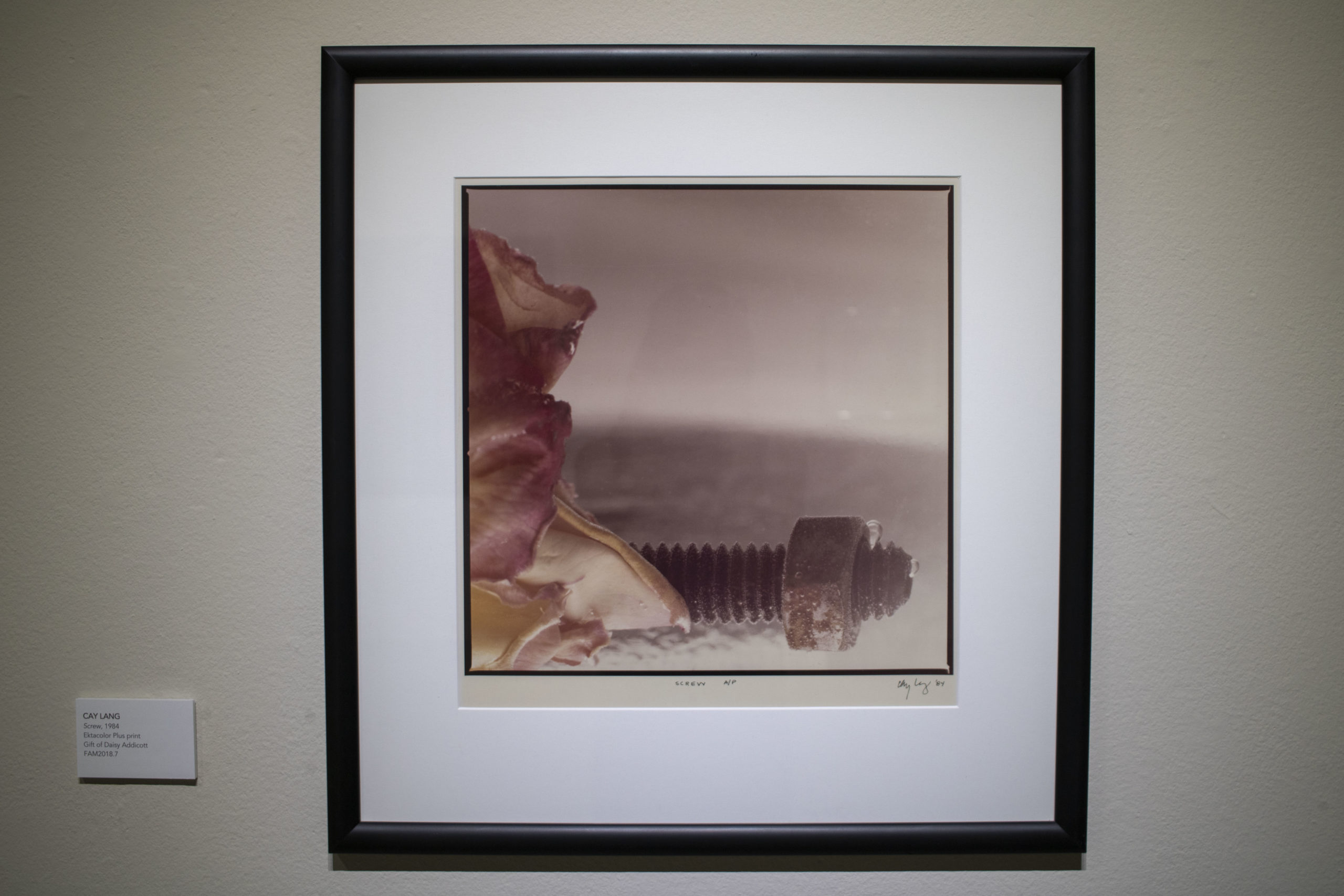
In “Remaking Boundaries,” Lang explores the concept of decaying flowers and their connection to human aging.
“I liked the idea of exploring something, not just showing it off. At that time [the ‘70s], you could explore an idea any way you want to. You can do it now because of conceptual art, but that was the first time I heard of it,” Lang said.
In the current exhibition, which runs through June 24, four of Lang’s works from the museum’s permanent collection are displayed alongside works by another artist, Caroline Harris.
Lang’s photographs offer a peek into Lang’s world of conceptual artwork. But for this prolific and long working artist, there is much more to her career.
She looks to highlight beauty under the surface.
“Photography is an extension of conceptual art for me. I don’t want to take pictures of pretty flowers… I wanted to show what I learned about flowers,” Lang said.
Pioneering conceptual art in the Central Valley and Bay Area
Recently, on a sunny day in her new residence at San Joaquin Gardens, the Fresno State alumna and local artist talked about her career and current perspective on art.
The outside patio of her residence is decorated with flowers, and she excitedly talked about her new butterfly garden. Inside her home, the wall displayed some of her older works.
Born in Long Beach and raised in Garden Grove, Lang found her way to Fresno State, where she changed her major seven times before settling on art.
Lang had a dilemma, though, as she enjoyed art but didn’t know how to draw. At first, she was set on becoming a novelist, but all it took was one class for her to get hooked on wanting to pursue a type of art that is not considered traditional.
When taking a class instructed by Terry Allen, former Fresno State professor, guest artists from Los Angeles introduced a new idea to her during class one day that Lang would grow to fall in love with: conceptual art.
This style reflects meaning past the finished product, inviting viewers to consider what her artwork presents. Conceptual art has a meaning past what is presented at first glance.
“That was when conceptual art was starting. I thought, this is so much freedom. You can do anything you want. So I changed my major to art and never looked back,” she said.
During her time at Fresno State in 1971, she became one of the first students who joined the newly formed Feminist Art Program. These courses were aimed at studying artworks contributed by female creatives throughout history.
Lang was one of the few students in the first class of the Feminist Art Program led by visiting artist Judy Chicago, who went on to great artistic fame and who received an honorary doctorate from Fresno State in 2022. Lang joined the feminist movement while finding her own path with the clear intention that women were helping define art in modern times and deserving of recognition.
Joyce Aiken, a retired Fresno State professor who taught art from 1961-1992, said that Lang came to her class after a stint with the Feminist Art Program.
“She had been a student of Judy Chicago’s, and then she dropped out of school. When she came back, she started in one of my crafts classes,” she said. “She took two or three semesters of feminist art, and she did not have a skill for drawing or painting but she was a conceptual artist.”
For Lang’s first solo exhibition, she was inspired by asking locals what they thought about living in Fresno. Lang called local numbers at random and asked “Do you like Fresno?” with a typewriter at hand to document their responses.
A majority of respondents who identified as students said they hated Fresno, but other responses ended up being in favor of living in Fresno.
Aiken said that Lang’s exhibition for her class was “500 Windows.” The project consisted of Lang handing out 500 zip-close bags to random people at malls and the Fresno Fairgrounds, asking if they would make a piece of art and mail it back to her.
Three hundred fifty responses were returned. Aiken said it was Lang’s idea to get people interested in art and reward them by having a show.
“It just became evident that she was an outstanding student. And we started a friendship that extended out beyond the classroom after she finished my class,” Aiken said.
After graduating with a bachelor’s degree in art 1976 at Fresno State, Lang went on to earn a master’s degree in fine arts in 1979 from the San Francisco Art Institute. Throughout her journey at San Francisco, she was classified as a sculptor because conceptual art was still not academically recognized.
Her life and art would soon flourish as she made the move to Emeryville, not long after graduating. Eventually, she settled into a studio, where Lang would go on to produce some of her most notable works.
Finding meaning past the photographs
The “Flower Series” is a collection completed from the ‘70s through the ‘80s. It explores the trauma of everyday flowers after being thrown out by the merchants at the San Francisco Flower Market. Lang obtained these flowers and documented the significance of them being thrown out, comparing it to that of human ageism.
As a flower grows older, they begin to form their own individual traits and responses to the nearing call of death, Lang stated on her website. “I am particularly interested in the range and particularities of responses the flowers exhibit when faced with death. I have found their responses to be as broad and varied as any human response to trauma,” she said.
In another acclaimed series of photographs, Lang explored the human form using nudity and Plexiglas.
In her “American Body” series done in the ‘80s and ‘90s, Lang photographed nude subjects from beneath Plexiglas. She directed nude models to lay down on the Plexiglas in various positions and combinations, detailing such details of the bodies’ veins, wrinkles and body shapes.
“I thought to myself what I would look like from the Earth. I imagine my body be flattened and I don’t know what I would look like. So I wanted to explore that, that was my first impulse,” Lang said.
Lang explored the idea of intimacy. On her website, she mentioned that since the subjects were lying down, a state in which presents humans at their most vulnerable, it grants viewers a glimpse into the the decisions the subjects have made in their lives.
Still another series from Lang is “Photographing God,” a collection of photos made through verbal inquiry. Lang asked subjects where she could find God, prompting her to go on an adventure and take photos based on the responses they gave her. “I go out with my camera with [the] intention to photograph God. When I talked to people on the street, I’d ask them ‘Where should I go to photograph God?’ They would tell me to ‘Go around the corner until you see a big tree,’’’ Lang said.
The inquiries would eventually lead to an installation piece composed of hundreds of photographs in strips. Each one had a different rendition of where Lang could find God.
Both the “American Bodies” and “Photographing God” series received positive reviews. Lang said it was because it was a different time when people were more open about the things they viewed.
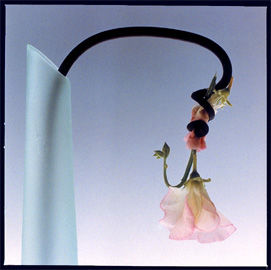
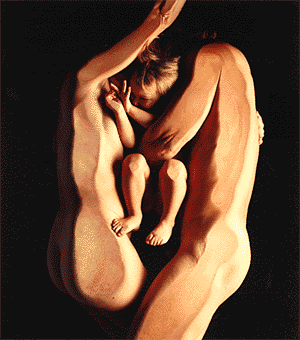
Travel and teaching
Her work from her Emeryville studio spawned a series of invitations to showcase her works outside the country. Lang went on to show in Paris, London, Japan, Italy and Canada.
Her favorite place to exhibit her works was in the United States, in a city she claims is the best place to showcase artwork.
“Art movements come and go in New York, faster than they do here [in California]. They have the audience for it,” Lang said. “The galleries were all in New York. So many more in New York than anywhere else in Paris or London.”
Besides physically being able to showcase her work outside the country, Lang’s photographs would be viewed by an even larger audience as some of her work appeared in many art publications like Popular Photography Magazine, Phototechnic International and Camera and Darkroom Magazine.
In 1989, Lang founded a conceptual art course titled “Taking the Leap.” Inside her Emeryville studio, she brought 10 students from around the world to learn from her and how they could market their artwork. The class ran for six months and it took place once a week.
“People came from all over the world and moved there for six months to take the class because there was nothing like it in the world. So in between, I go around the country talking at museums, art schools and departments about how to have a career,” she said.
In 1998, she published “Taking the Leap: Building a Career as a Visual Artist,” which served as a reference guide for upcoming artists to market their work. It extensively detailed how an artist can build a professional portfolio and where to go to exhibit their artwork.
Her philosophy on today’s art
With the rise in digital and AI-generated artwork, Lang said that digitally generated artwork is losing its truth.
“Historically, artists have been aware in their veins about their truth. AI can tell its own truth, but not human truth. We need artists to tell the truth, their own way,” Lang said.
Lang said that the rise of AI scares her because of the possibility of the technology becoming sentient and for its speed of production.
“It scares me even more, because they’re going to be a bigger surprise,” she said. “They’re smarter than us and they can think like chess players beyond what we can think.”
On top of AI, Lang also shared strong opinions about art education being removed from public youth institutions.
“I’m just appalled, because where are artists gonna come from? Artists only think about commercial art because it’s how they make their money,” Lang said.
As one of the pioneers to kickstart the well-known Feminist Art Program at Fresno State, Lang is still an activist for women’s rights. With significant changes to how society is functioning compared to the 1970s, Lang stands strong on views of LGBT+ people finding a safe space within feminists. She also highly opposes the overturning of Roe v. Wade.
She said she’s happy to see young women become more prominent in spaces that have primarily revolved around men. “I’m still 100% for it and I applaud you. I see you as an example of what we fought for. I love seeing women in their strength and their knowledge,” she said.
Lang even has an interesting perspective on photographs of herself. Lang is very rarely featured in photographs. With her skill, Lang said she never explored photographing herself. The only series where you can find Lang is in a private body of work that surrounds her friends and her over the years. She said it’s because she was not raised in a time where pictures of oneself were common. “I didn’t want to be photographed. I didn’t think I’d be photographed. That’s a common thing nowadays. Everyone takes selfies,” she said. “I’ve never grown up with that.”
What’s next?
At San Joaquin Gardens, she finds beauty in her community. She moved back to Fresno a year and a half ago and finds that her neighbors, who are older individuals, have interesting ways of spending their time. One of Lang’s reasons for even moving into her current residence was due to wanting to be closer to her good friend, Aiken. She has gotten involved in the community like making a sustainable garment by recycling ties sewn together to make a skirt for a recent fashion show.
Standing up in her kitchen, she demonstrated the skirt and showed how difficult it was to diagonally sew some of the ties together.
Now she has taken on a new challenge. She wants to connect her flower series with a new series she hopes to make, this time telling the story of her community at San Joaquin Gardens.
One resident with limited vision is fascinated by the colors she can see in the community’s trees. She also is curious about another individual who is a violinist who frequently plays in her neighborhood. Feeling inspired by them, she wants to capture the community’s specific ways of life.
The project is turning out to be more difficult than she expected.
“I’m watching [the community’s experiences] here so I’m trying to make photos out of it. I can’t find anybody because they’re so private with their experiences,” Lang said.
But an artist’s life is always full of challenges.
Lang, however, finds solace in her community. Her butterfly garden serves as a reminder to find joy in the little things in life and see life through the eyes of the butterflies. “They [the butterflies] bring people together because of personal opinions about the life of other humans. You have to love butterflies, maybe some more, some less. But everyone likes them,” she said. “Their life is so short and filled with so much joy. It just looks like having fun with each other all the time.”







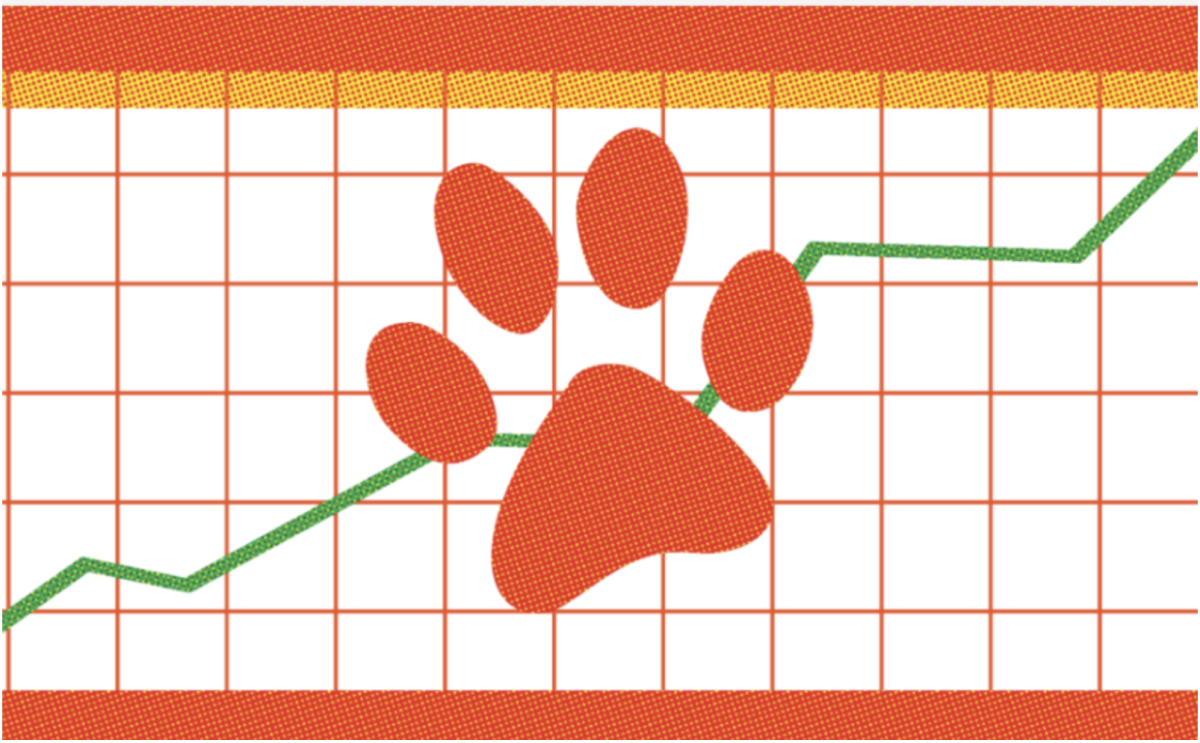

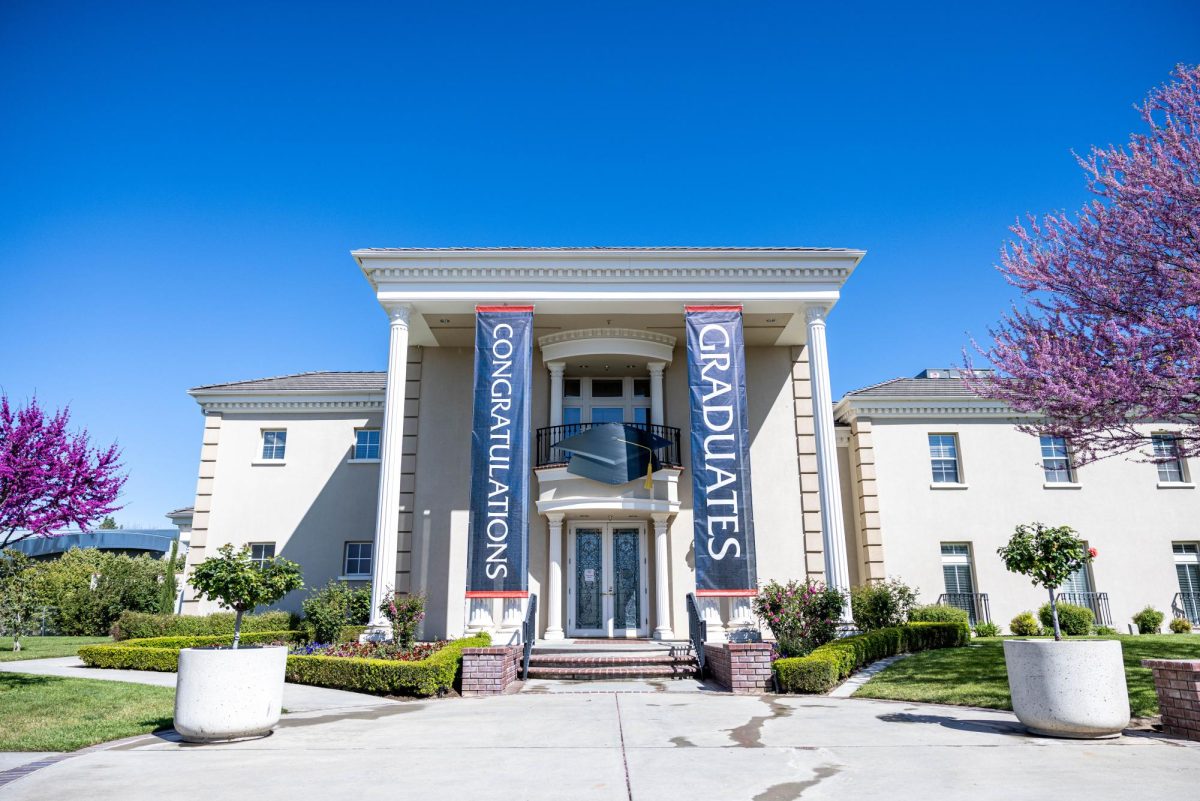
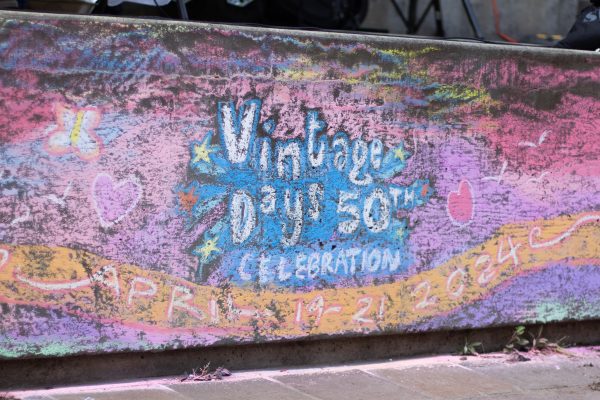
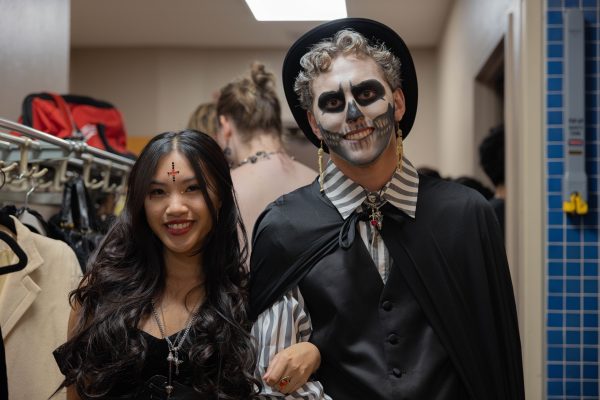


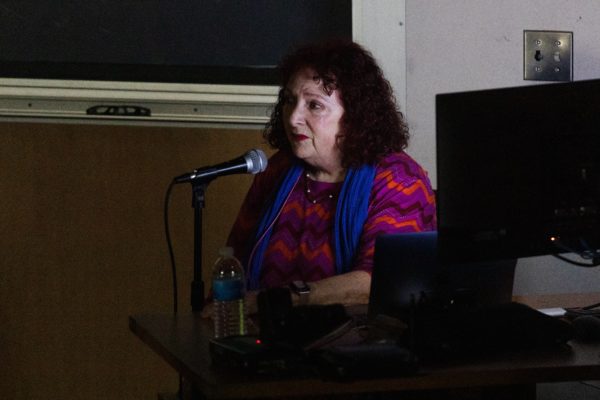
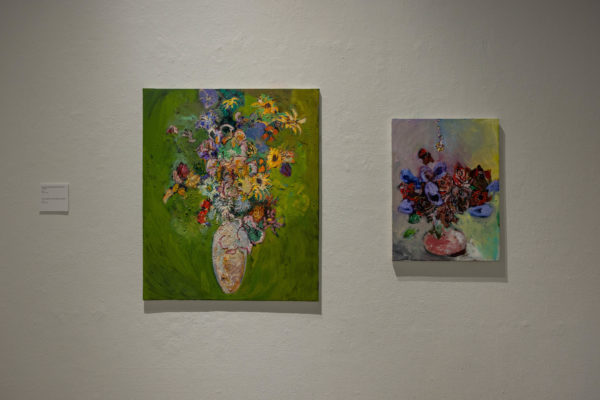

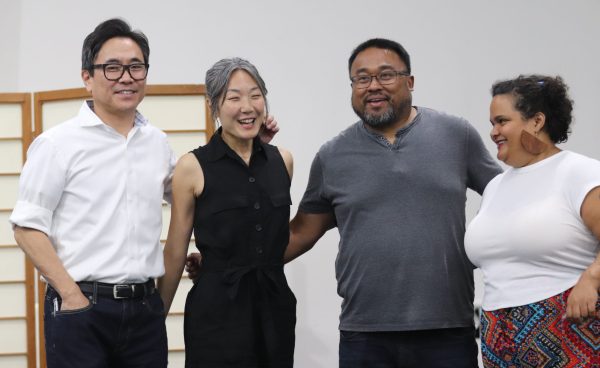
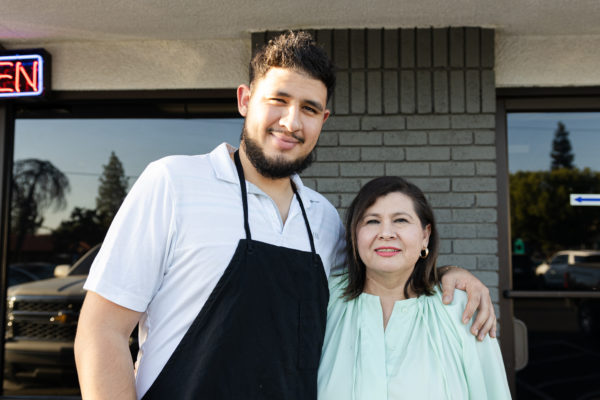

Judith Duncan • Jul 13, 2023 at 6:42 pm
Impressive! In this review, I discovered a memoir of life and work’s meaning by a pioneer ( conceptual art) .
Thanks to your writing, I felt close to her as a person
and artist. Impressed also with her continuing involvement in her residential community.